Making wood countertop--is this wood flat enough?
laughablemoments
11 years ago
Related Stories
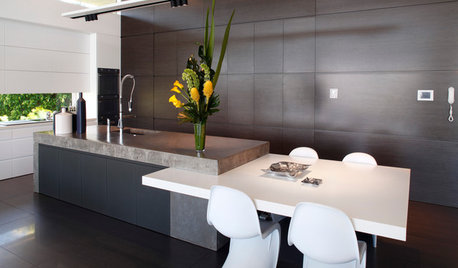
KITCHEN COUNTERTOPSWhen One Countertop Material Isn’t Enough
Combining counter materials in the kitchen can create a dramatic look, improve function and stretch the budget
Full Story
KITCHEN DESIGNTrending Now: 25 Kitchen Photos Houzzers Can’t Get Enough Of
Use the kitchens that have been added to the most ideabooks in the last few months to inspire your dream project
Full Story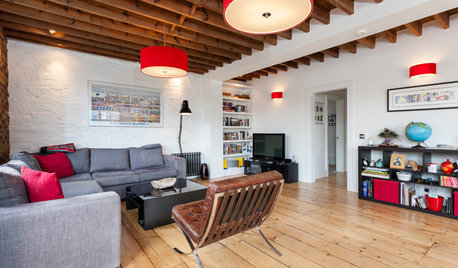
LOFTSMy Houzz: Ronnie Wood’s Old Art Studio Gets a Makeover
Check out this contemporary update of a former factory flat that survived World War II bombs and use by a member of The Rolling Stones
Full Story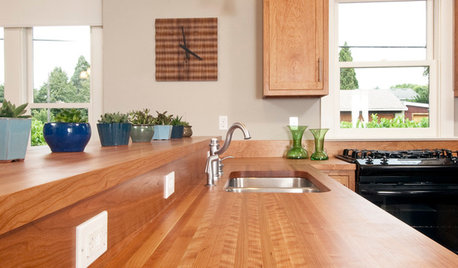
KITCHEN DESIGNWonderful Wood Countertops for Kitchen and Bath
Yes, you can enjoy beautifully warm wood counters near water sans worry (almost), with the right type of wood and sealer
Full Story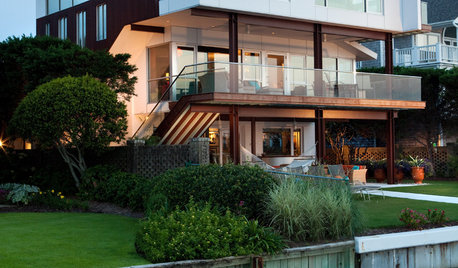
CONTEMPORARY HOMESHouzz Tour: Strong Enough for Storms, Comfy Enough for a Family
Hurricanes won’t faze this contemporary waterfront home in North Carolina — and mixed reactions don’t faze its owner
Full Story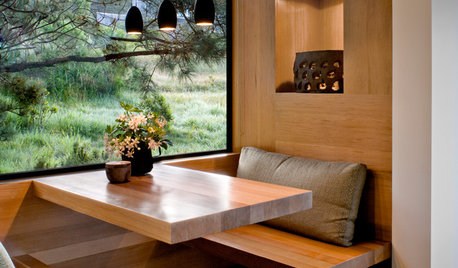
DINING ROOMS12 Breakfast Nooks Cool Enough for a Dinner Party
The banquette where you sip your morning coffee can also make a cozy corner for an intimate supper or a game night
Full Story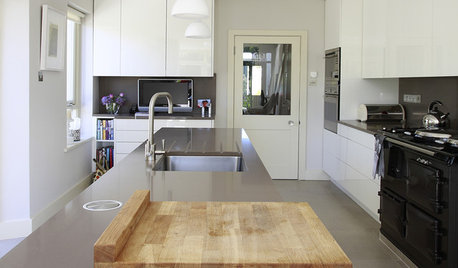
KITCHEN DESIGNButcher Block Makes the Cut for Holiday Kitchen Prep
Countertops and cutting boards will likely take a beating over the holidays. These butcher blocks have the chops to perform under pressure
Full Story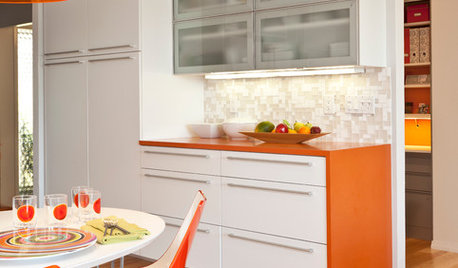
KITCHEN DESIGNCountertop and Backsplash: Making the Perfect Match
Zero in on a kitchen combo you'll love with these strategies and great countertop-backsplash mixes for inspiration
Full Story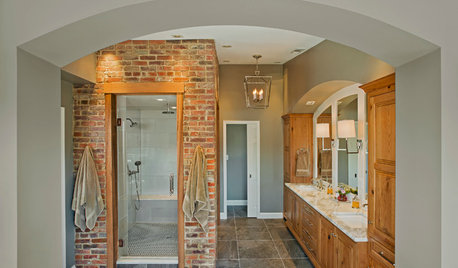
RUSTIC STYLERoom of the Day: Materials Make This Master Bath
Rustic brick veneer, wood cabinetry, glass tiles and classic marble countertops create a modern old-world bathroom retreat
Full Story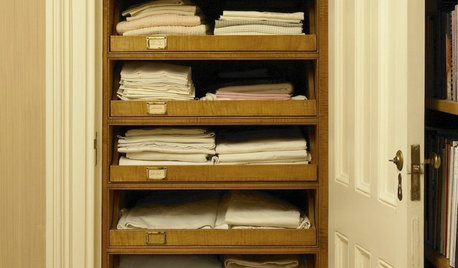
ORGANIZINGHow Much Stuff Is Enough?
Play the numbers game to streamline your belongings, for a neater home and a less-stressed you
Full StorySponsored
Columbus Area's Luxury Design Build Firm | 17x Best of Houzz Winner!
More Discussions






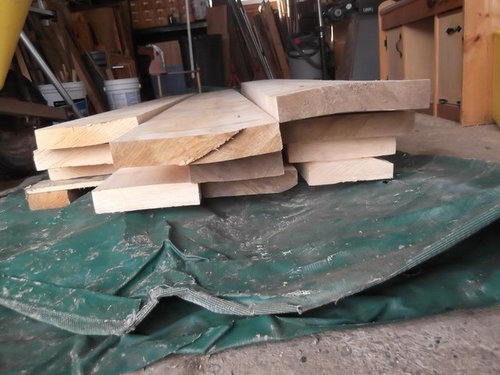
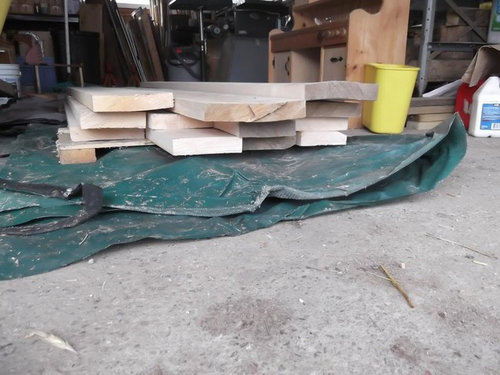
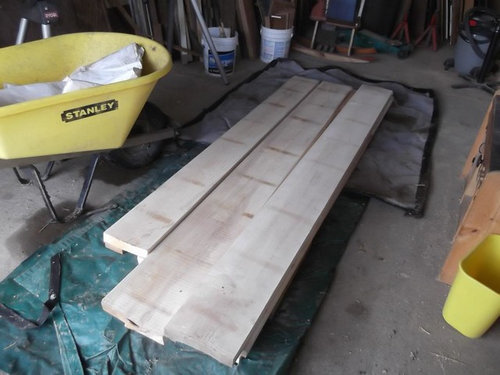


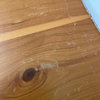



laughablemomentsOriginal Author
brickeyee
Related Professionals
Bonita Cabinets & Cabinetry · Jeffersontown Cabinets & Cabinetry · Kentwood Cabinets & Cabinetry · Central Cabinets & Cabinetry · Alexandria Flooring Contractors · Johnson City Flooring Contractors · New Britain Flooring Contractors · Norton Flooring Contractors · Palatine Flooring Contractors · Saint Paul Flooring Contractors · Spokane Flooring Contractors · Stoughton Flooring Contractors · Sycamore Flooring Contractors · Lebanon Furniture & Accessories · Kingsburg Furniture & Accessoriessombreuil_mongrel
laughablemomentsOriginal Author
brickeyee
glennsfc
brickeyee
glennsfc
brickeyee
tom_nwnj
rwiegand
brickeyee
macybaby